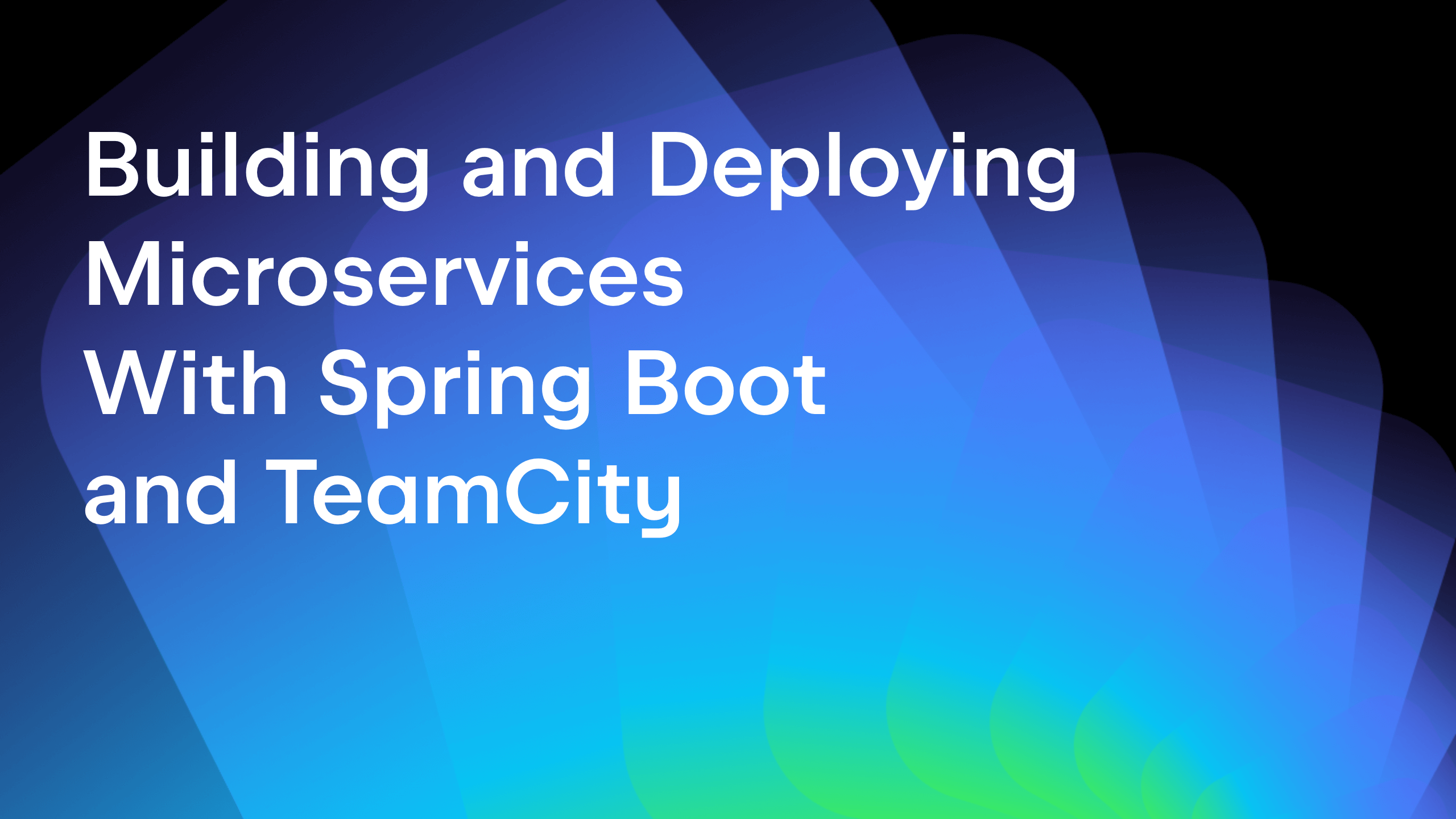TeamCity
Powerful CI/CD for DevOps-centric teams
The Mighty Build Queue
Builds in TeamCity can be initiated by a variety of different triggers. These can be, for example, a change in the VCS, the successful build of another build configuration, or a schedule-based or manual trigger. Developers can also start personal builds with a pre-tested commit from their IDE. As soon as the software build has been initiated, it is added to the build queue, which you can monitor in the dedicated Build Queue tab.

Since we released TeamCity 2.1 we have polished the interface of the Build Queue tab, which now provides more detailed information on a pending build status including:
- the expected build start time
- the expected build finish time with the estimated build duration available in the tooltip
- the build agent where TeamCity plans to run a build
- what triggered a build
- a list of build agents which can run the build (additionally the current agent status is available in a pop-up window)
This information makes it easier to better manage and monitor the process of creating builds on TeamCity’s build grid:
If there are several compatible agents TeamCity tries to run the particular build on the agent with the shortest estimated build duration. Time estimates are calculated based on the builds history and the build agent on which the build is scheduled to run.
It has been possible to reorder the build queue by dragging and dropping or removing the desired build from the queue since the first version of TeamCity. With introduction of project-based user roles in the upcoming version of TeamCity, only users with the necessary rights (as defined by the TeamCity Administrator) will be able see the project’s build configurations on the Build Queue tab.
We hope you’ll find these feature improvements helpful and look forward for your feedback at our forum.
Technorati tags: TeamCity, build queue, JetBrains, IntelliJ IDEA, Eclipse, MS Visual Studio, Java, .NET,continuous integration, build management, agile development
Subscribe to TeamCity Blog updates







